I still feel a little guilty, as up until a recent trip to Languedoc I had been terribly dismissive of the Bourboulenc varietal. On the first day of that trip I recall mentioning to a respected German journalist that I found the grape “too neutral to be of any real interest” to me. Over the following week I tasted some terrific Bourboulenc wines, and now feel considerable embarrassment for my extreme ignorance about this grape.
As it turns out, the wines I had tasted previously must have been produced with Bourboulenc harvested too early, as I was to learn that the only outcome of picking early with this varietal is insipid, watery, characterless, and yes, neutral wines. It’s actually a late ripening grape that takes a fair bit of time to develop the citrus, iodine, spice, and wispy smoke complexities that can make its wines so very compelling.
The first records of the Bourboulenc in southern France (ostensibly its ancestral seat) go back to the late 16th century, although some schools of thought relate to the ancient Greek Asprokondoura.
You’ll rarely find it as a standalone varietal, and more often than not it will make up a component of a blend from Languedoc, Provence, or the Southern Rhône. The maritime La Clape AOC in the Languedoc is where it really truly shines, although you’ll often find that its inherent acidity (a much sought after trait in the hot climes of these regions) brings a fair bit of structure to many wines from Minervois, Bandol, Corbières, and Châteauneuf-du-Pape.
Check out any white wines from La Clape that you can get your hands on, as across the board the increase in quality of these wines is quite astonishing.

Edinburgh-born/Toronto-based Sommelier, consultant, writer, judge, and educator Jamie Drummond is the Director of Programs/Editor of Good Food Revolution… And he love to see more La Clape wines.

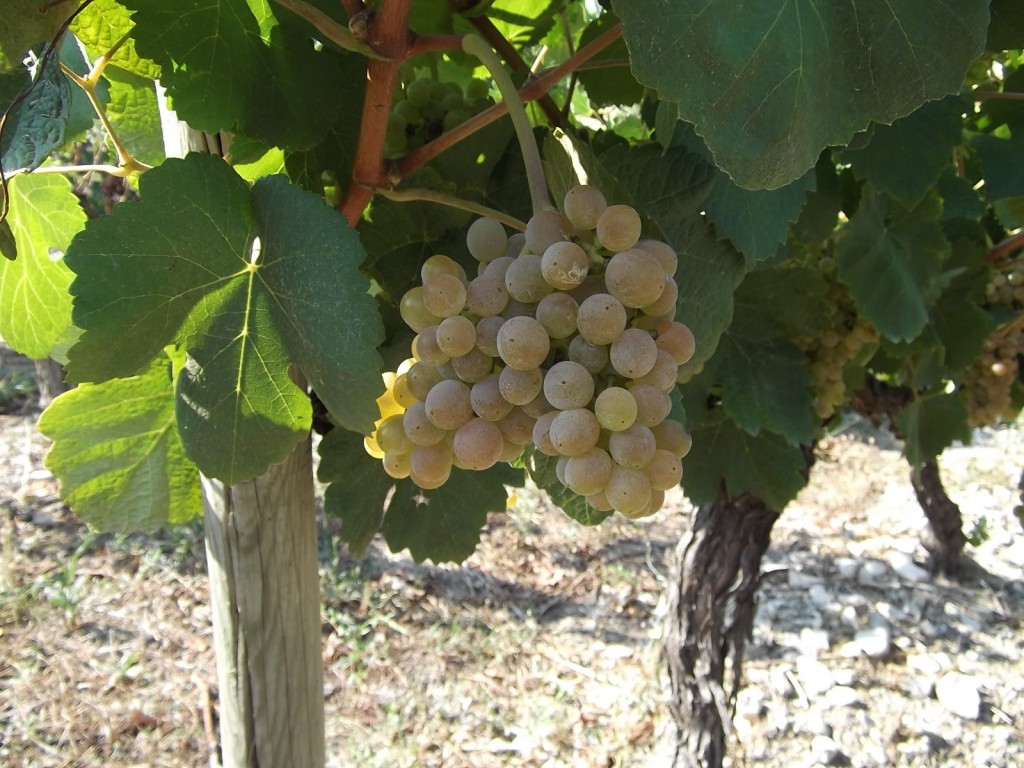


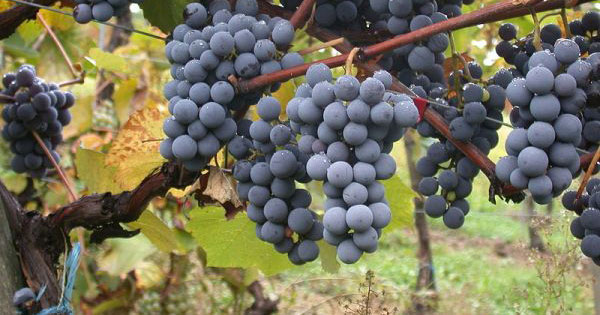
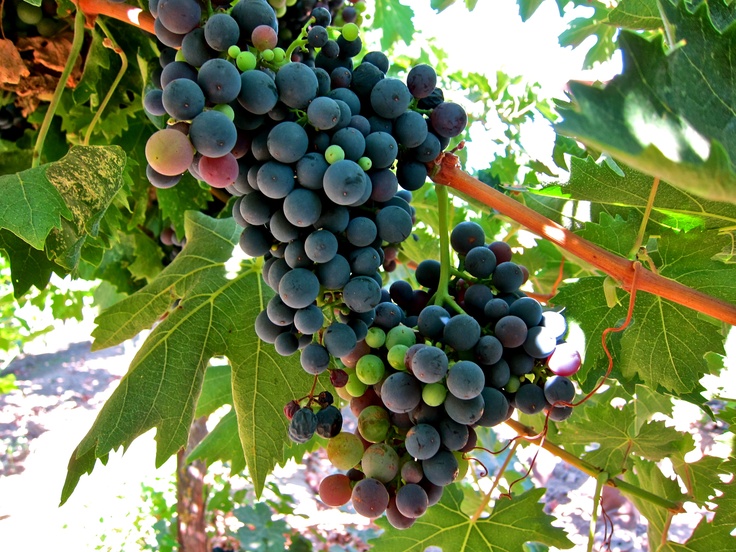
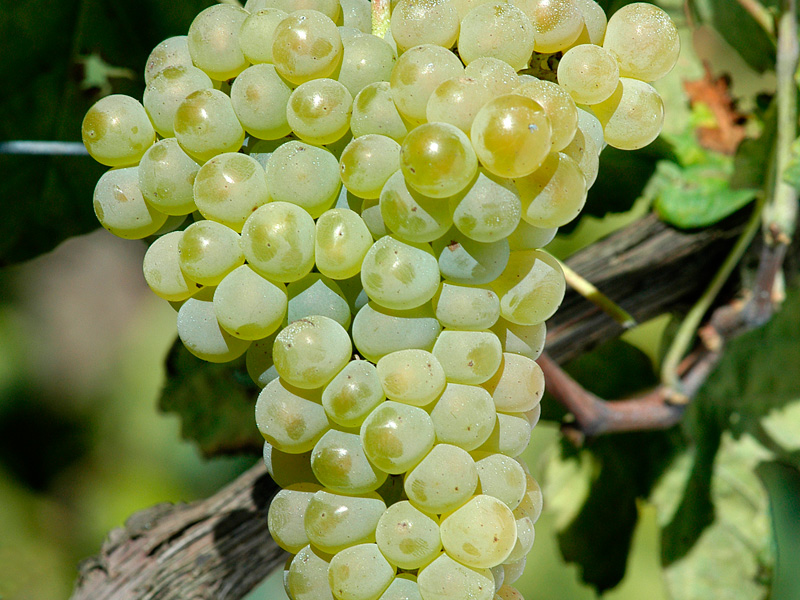
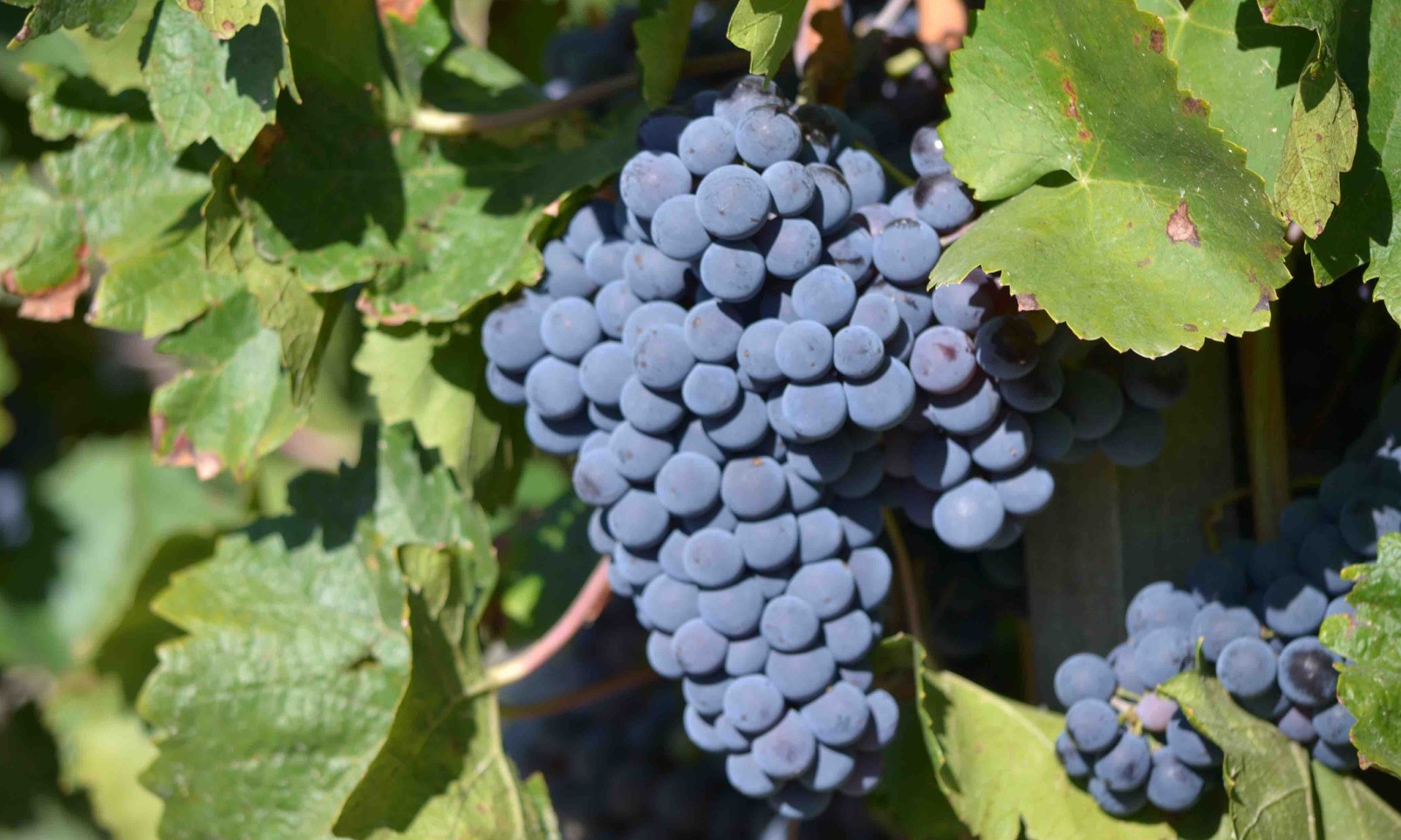

Thanks for sharing your learnings on this grape! I just tasted the affordable La Ferme Julien Blanc from the Famille Family, which features this grape and four others. I found it to be boring and flat. This information helps to explain it!